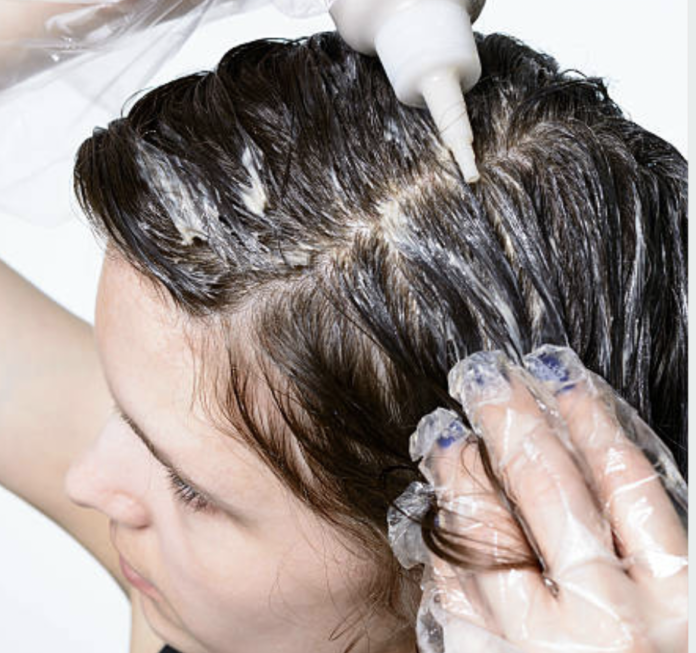Prof. Dr. Füsun Kalpaklıoğlu, 2nd President of the Turkish National Society of Allergy and Clinical Immunology stated that when allergic reactions to PPD became a serious problem, Germany, France and Sweden banned PPD in hair dyes, adding that newer hair dyes replace PPD in allergy-causing hair dyes with para-toluenediamine sulfate (PTDS). She said that it could be considered a good alternative for patients with allergies.
For over 100 years, para-phenylenediamine (PPD), a synthetic aromatic amine, and other related members of the aromatic amine family have been the main ingredients used in permanent hair dyes, and more than two-thirds of hair dyes now contain PPD. This compound has a much stronger effect with its low molecular weight, ability to penetrate the hair shaft and follicle, strong protein binding capacity and an oxidizing agent.
Prof. Dr. Füsun Kalpaklıoğlu, 2nd President of the Turkish National Society of Allergy and Clinical Immunology said that allergic reactions to PPD became a serious problem in the 20th century and that the use of this substance in hair dyes was banned in Germany, France and Sweden. She stated that in the currently used European Union legislation, PPD is allowed to constitute only 6% of hair dye components, and even if an oxidizing solution is added to lighten the color, this rate is limited to 3%.
More common in women and individuals over 50 years of age
Explaining that hair dye contact dermatitis is a common condition, Füsun Kalpaklıoğlu said, “It is a delayed type hypersensitivity reaction that generally affects the scalp, hairline and neck area. PPD is the most common allergen, particularly implicated in hair dye contact dermatitis. Contact allergy to PPD may occur in 0.1-2.3% of the general population. It is more common in women and individuals over the age of 50. While itching is the most common symptom, red rashes are the most frequently observed clinical findings. Due to the area where it is applied, it is most commonly seen on the face. In addition to eczema, urticaria is also frequently observed. The duration of exposure to hair dye is also an important factor.”
Be careful with skin patch testing!
Stating that the diagnosis of para-phenylenediamine is important because it carries the risk of cross-sensitivity and co-sensitization to other allergens, Kalpaklıoğlu said, “People who are sensitive to certain hair dye substances should avoid exposure to these chemicals, but should also pay attention to possible cross-sensitivity to other similar compounds. Skin patch testing is the gold standard test used in the diagnosis of hair dye contact dermatitis. Although open practice testing is recommended by manufacturers to detect allergy in consumers, the lack of standard conditions makes the effectiveness of this process questionable.”
Hair loss, skin tumors and autoimmune disorders…
Underlining that in addition to contact dermatitis, the use of hair dye is also associated with negative effects such as pigment changes, hair loss, skin malignancies (tumor), autoimmune disorders and inflammation of the skin vessels (cutaneous), Kalpaklıoğlu said that even if the diagnosis is confirmed and they are warned to avoid hair dyes containing PPD, patients Only a minority of them, 28.6%, said they had stopped using hair dye.
“Newly formulated hair dyes are a good alternative for allergic people”
Pointing out that due to these side effects of hair dye use, safer alternatives to allergenic hair dyes have been generated, Kalpaklıoğlu said, “There are newer hair dyes that replace PPD with para-toluenediamine sulfate (PTDS). However, a significant portion, if not all, of patients can tolerate newer permanent and semi-permanent hair dyes based on PTDS. In this respect, hair dyes with new formulations can be considered a good alternative for patients with allergies.”





